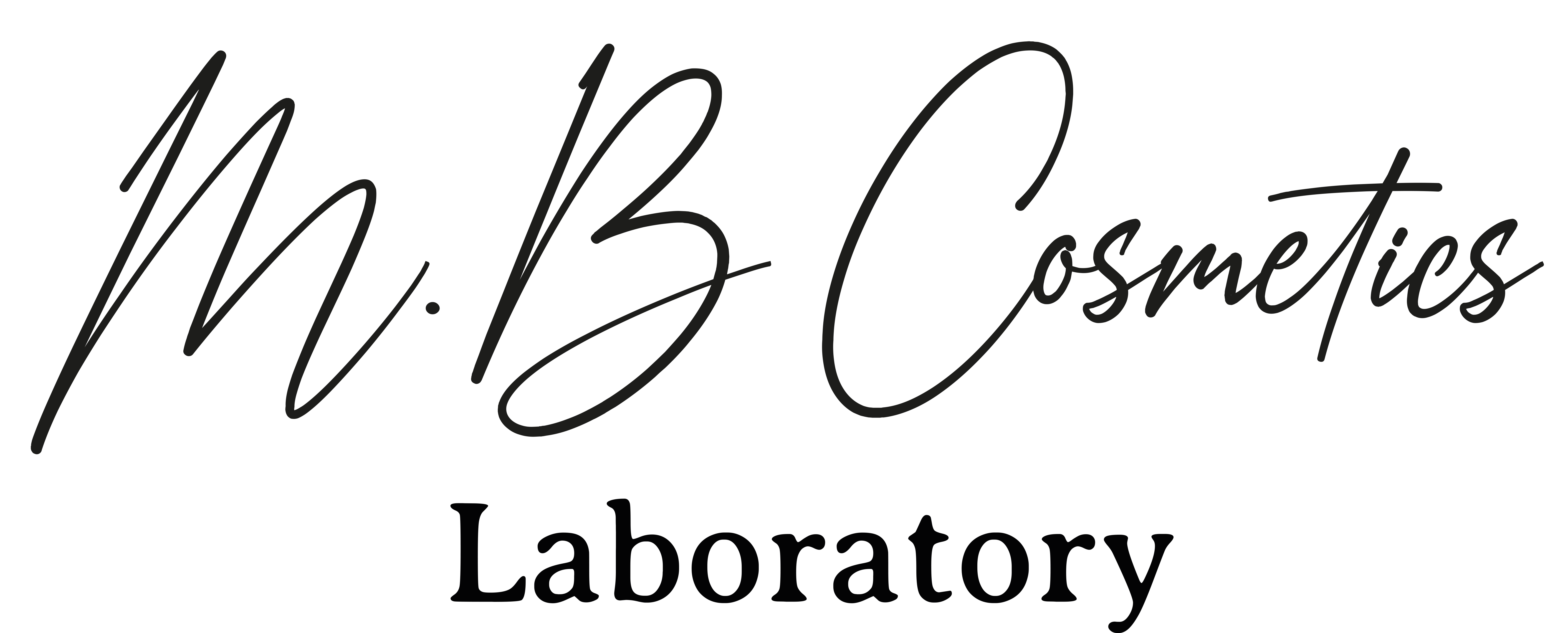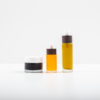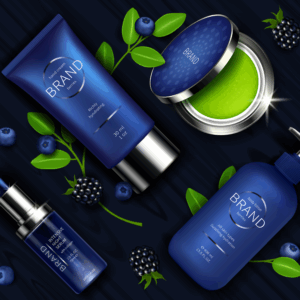Let’s stir up some magic in the lab. Today, we’re diving into one of the most underestimated but absolutely essential components of building a standout cosmetic brand: market positioning. Whether you’re launching a new skincare serum, a bespoke hair oil, or reformulating a cult-favourite moisturiser, understanding where your product fits in the wider marketplace can make the difference between being forgotten and becoming a go-to.
Market positioning isn’t a one-time activity. It’s a living strategy, one that must evolve with consumer expectations, regulatory trends, technological advancements, and competitive behaviour. In this article, we’ll break down how to identify your unique selling proposition (USP) and translate that into a compelling brand position that attracts attention, builds loyalty, and drives sustainable growth.
Why Market Positioning Matters in Beauty
The cosmetic industry is not just crowded; it’s saturated with promises, aesthetics, and claims. For every cleanser or scalp treatment out there, there are dozens of alternatives. Consumers are savvy, sceptical, and often overwhelmed by choice. That’s where market positioning steps in. It gives your brand clarity. It allows consumers to instantly understand who your product is for, what makes it different, and why it deserves a place in their routine.
Positioning is the bridge between your product development and your marketing. It ensures your lab innovations aren’t lost in translation when they hit the shelf or scroll.
What Positioning Is (and Isn’t)
Positioning is not just a tagline or a marketing hook. It’s the strategic perception you occupy in your target customer’s mind. Are you the science-forward brand for sensitive skin? The luxurious, plant-powered solution for curly hair? The minimalist, no-fuss skincare line for busy professionals?
Positioning isn’t about being everything to everyone. It’s about being the one for someone. It’s deliberate. It’s focused. And it’s reinforced through everything: your product textures, your pricing, your claims, your packaging, your communication style, and even your retail partners.
Starting With the Formula: What Makes You Truly Unique?
Before we even get to the marketing angle, your positioning begins in the lab. A USP isn’t just a buzzword. It should be formulated into the product. Maybe you’re using a clinically-backed marine extract, a heritage ingredient rooted in your cultural background, or a patent-pending delivery system that enhances bioavailability. Maybe you’re formulating for a skin or hair type that is consistently underserved. That’s your point of difference.
If your product is similar to others already on the market, your formulation process should still ask: How can we do this better? That might mean improving the sensorial profile, removing controversial ingredients, increasing sustainability, or enhancing accessibility. In a market where most consumers have tried dozens of products, uniqueness isn’t always about novelty. It’s about relevance and refinement.
Understanding Your Competitive Landscape
Effective positioning means understanding not just your customer, but also your competitors. What niches already exist? Which brands dominate those niches? Where are the gaps? If the market is flooded with dewy glow creams, but oily skin is underserved in that category, there’s your opportunity. If most scalp serums target dandruff but ignore hormonal or sensitivity-related issues, that could be your in.
It’s also important to study your competitors’ weaknesses. Are their claims unsupported? Are their ingredient lists unconvincing? Are they overpriced for what they offer? When you understand the gaps in their positioning, you find the space to insert your own message. Use competitor audits not to imitate, but to sharpen your difference.
How to Conduct a Competitor Audit on a Budget
Analysing your competitors doesn’t require expensive software or a marketing team. Start by identifying 3-5 brands in your niche, those targeting similar audiences or product categories. Visit their websites and social media to review their product range, claims, pricing, and customer reviews. Use free tools to track search popularity for key ingredients or product types, helping you identify gaps in the market. Document your findings in a simple spreadsheet, noting their strengths, weaknesses, and unaddressed consumer needs. This will guide your USP and help you carve out a distinct market position.
Defining Your Target Audience: Go Beyond Demographics
Far too many brands define their audience by age or gender alone. Effective positioning digs deeper. What are their habits, pain points, routines, and values? Do they prioritise sustainability, fragrance-free formulas, high-tech actives, or traditional remedies? Are they looking for visible transformation or gentle maintenance?
Understanding psychographics and lifestyle behaviours lets you speak directly to the emotional drivers behind purchase decisions. For example, a customer with sensitive skin isn’t just looking for a cream that doesn’t sting. They want to feel safe. They want to stop wasting money. They want trust. Your positioning should reflect this emotional value, not just the functional benefit.
To position your brand effectively, stay attuned to the trends shaping consumer preferences in the beauty industry. Clean beauty, for instance, remains a dominant force, with consumers demanding transparency, minimal ingredients, and eco-friendly packaging. If your brand aligns with this, highlight natural or sustainably sourced ingredients, like upcycled botanical extracts, in your USP. Inclusivity is another key trend: formulating for diverse skin tones, hair textures, or gender-neutral needs can set you apart in underserved niches. By weaving a trending concept into your positioning, you can appeal to forward-thinking consumers. The key is authenticity: choose trends that align with your brand’s values and formulation strengths, not just what’s popular.
Articulating Your USP: Clarity Beats Complexity
Once you’ve nailed your unique ingredient story, product benefit, and audience need, it’s time to articulate your USP clearly. This is not the time for fluffy language or vague claims. Focus on what your product does, how it’s different, and why that matters.
Instead of saying, “Our serum uses natural ingredients for radiant skin”, you might say, “Our hydration serum uses fermented oat polysaccharides to deeply moisturise sensitive skin without irritation”.
See the difference? One is generic. The other is focused, benefit-driven, and specific. It communicates a product differentiator and who it’s for, all in one breath.
Aligning Your Visual and Verbal Identity
Your positioning can be undercut quickly by misaligned visuals or brand language. If your USP is based on scientific credibility, then your packaging, website, and social media should reflect precision and evidence. If your positioning is around indulgence and sensuality, then your copy should lean into texture, ritual, and pleasure.
This is where many indie brands stumble. They have a great product but confuse their audience with inconsistent branding. Your visual identity is not just aesthetics, it’s a signal. Your tone of voice is not just writing style, it’s a brand promise.
Pricing and Distribution as Positioning Tools
Your pricing strategy says a lot about your brand. A luxury brand can’t afford to price like a mass-market one without eroding perceived value. Likewise, a brand that positions itself as accessible should justify that accessibility in every touchpoint, from packaging economy to multi-functionality.
Where you sell also supports your position. Are you in eco-boutiques, dermatologist-led e-commerce sites, or luxury department stores? If you’re selling direct-to-consumer, are your unboxing and customer service experiences elevating your brand or undermining it?
Your retail and pricing choices should always align with the story you want to tell.
Claim Strategy: Say What You Can Prove
In cosmetics, claims are tightly regulated. But your positioning can still shine through strong, well-substantiated messaging. Instead of relying on vague statements like “nourishes hair”, focus on evidence-based phrases like “clinically tested to reduce hair breakage by 32%”. Align your claims with your brand promise. Test what matters. Document everything. Nothing communicates confidence like substantiated results.
The goal is to be both compelling and compliant. Your claims should reinforce your unique selling proposition with clinical evidence, scientific literature, in vitro test results, or credible ingredient data. If you don’t yet have budget for lab testing, leverage supplier documentation and peer-reviewed studies. But use them correctly: your usage level and formulation context must match the study conditions. Never claim more than you can prove, but don’t undersell either. Specificity is persuasive.
Evolving Your Positioning Over Time
Your initial USP doesn’t need to be permanent. As you gather more feedback, data, and market insight, your positioning can and should evolve. Some of the most successful brands in the industry refined their story after launch based on what resonated most with their audience.
What matters is consistency. If you pivot your USP, do so intentionally across all channels, not just on your homepage. Your product development pipeline, your content strategy, and your packaging updates should reflect that evolution.
As we part ways for the week, let me leave you with my final thoughts: you’re not just selling a product. You’re selling a position.
Positioning is not fluff. It’s not optional. It’s the lens through which every formulation, every photoshoot, every campaign must pass.
The brands that win in skincare and haircare today are not always the ones with the most innovative ingredients or the longest INCI lists. They’re the ones with clarity. The ones who know their place in the market and claim it boldly. The ones who understand that effective positioning is not just what you say, it’s what you prove, what you show, and what you consistently deliver.
So as you scale your brand, launch new products, or refine your messaging, remember this: your unique selling proposition isn’t a slogan. It’s a strategy. Treat it with the same care and precision as your formulations.
Here’s to formulas that work and brands that thrive!
From my lab to yours,
Morgane









Add comment